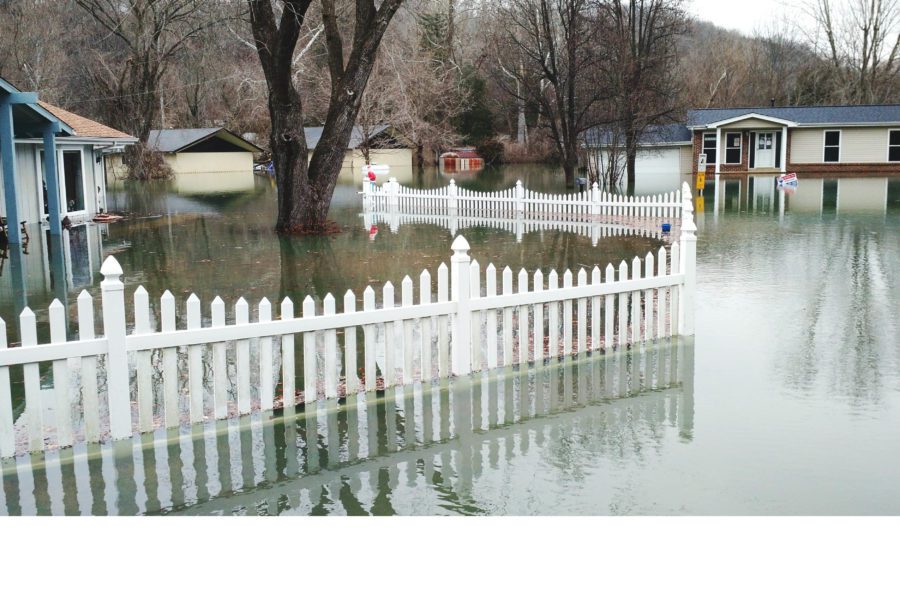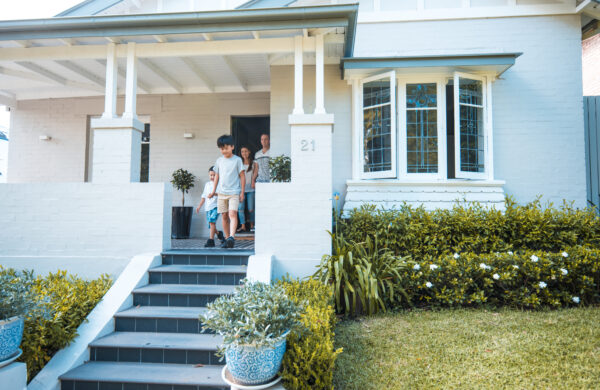Flood preparedness is important – floods can happen unexpectedly. A pipe can burst in your basement, a local river level can rise and heavy rains can cause flash floods. Plus, hurricanes cause massive floods that damage entire cities.
You don’t have to remain vulnerable to disaster. This article will help you understand what kind of damage can be caused by a flood, how you can prepare your home to mitigate possible damage and what kind of insurance you can get to protect yourself.
The Risks of Flooding Damage to Your Home, Condo or Townhouse
Because floods caused by natural disasters are often covered by the news outlets and often affect people we love, you may be familiar with the widespread kinds of damage that afflict large areas after a flood. But what kind of damage can you expect to deal with when your house floods?
Damage to Property
The biggest thing most people will worry about is physical damage to your property. This may include:
- Structural damage to the foundation or home walls
- Damage to electrical wires
- Drainage or sewage issues causing backflow or leaks
- City damage, like road and bridge outages
- An increase in dangerous debris like glass in the area
Health and Safety Concerns
All the above circumstances can cause potential harm to you, your loved ones and your property, which may even put lives in danger. Over a long period, you may also face concerns with mold damage, making it difficult or impossible to continue living in your home safely.
Emotional Hardship
Even the most prepared households will face some damage. You may lose things like family heirlooms, storage containers, or have to deal with damage in places that hold dear family memories. This can be emotionally taxing, and you may not be prepared for facing the loss of treasured items. You may get feelings of depression, anxiety, anger, and symptoms of grief.
If you live in a flood-prone area, you should prepare yourself in the unfortunate case you have to deal with any of the above circumstances.
Prepare Your Home to Mitigate Damage
The best way to avoid flooding issues is to live somewhere you are not at high risk for flooding. However, sometimes you simply can’t or don’t want to move from a place you love. In this case, you can take steps to fortify your home with renovations to help mitigate potential damage.
You can invest in dry floodproofing methods. This entails making your home watertight to prevent floodwaters from entering to begin with. This is done by applying epoxies, waterproof coatings or even concrete to gaps in the home’s walls and floors. Then shields are placed around doors and windows, along with backflow valves to allow water to exit the home in case there is an internal flood.
It’s also important to make sure your roof is regularly checked and maintained. Ensuring your roofing is working properly can prevent water damage or sagging roof lines.
More expensive preparations include getting a structural elevation renovation. This process would include raising the level of the first floor in your home or adding another level to your home. This process would help prevent rising waters from entering your living spaces.
What Kind of Insurance to Consider When You’re in the Flood Zone
While you can take precautions to help prevent damage, sometimes circumstances are beyond your control. In this case, it’s vital to invest in insurance that can help you cover the cost of any damage and to help fund repairs.
There are many kinds of insurance you may invest in; however, it can be challenging to figure out which ones are the best for your situation. On top of that, insurance policies may not cover all kinds of damage your home may get while facing flooding.
NFIP
Most flood insurance goes through the National Flood Insurance Program. This is federally based insurance that is offered through a variety of insurance providers that are FEMA-approved. While the NFIP will be offered by all these insurance companies, generally speaking, they all cover the same problems and have the same maximum payouts.
However, NFIP won’t cover any excess living costs while your home is repaired, damage to your vehicle and the replacement of any upgrades or lost property that may have been in a flooded basement.
The NFIP Wait and Other Notable Policy Aspects
It’s also important to know that the NFIP has a waiting period of 30 days before the insurance goes into effect; so get this insurance well before storm season rolls in.
The NFIP also has a $250,000 coverage cap on your home and a $100,000 cap on your insured belongings. If you’d like to raise this cap, you will have to get excess flood insurance above federal policy standards. However, some mortgages may not accept payouts from these private companies.
Private Insurance Options
There are many private flood insurance options out there. The biggest pro of using private insurance over the federally offered NFIP is that it often covers more types of damage, higher repair costs and property damage.
Not to mention that with private insurance you won’t have to have a 30-day wait period; usually, the policy is enacted a few days or weeks after you purchase it, and it may be cheaper.
Navigating flood insurance can be difficult but Higginbotham can help you get the coverage and peace of mind you need.
Be Prepared for the Worst
In life, it’s important to hope for the best but always be prepared for the worst. While flooding can affect your home and change your life suddenly, you don’t have to remain unprepared. By taking some of the steps outlined above, you can help protect your family and investments.
At Higginbotham, we’re here for you when it matters most. Our specialists manage the claim process and advocate for you, so you can focus on resuming your daily life.






